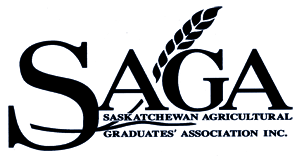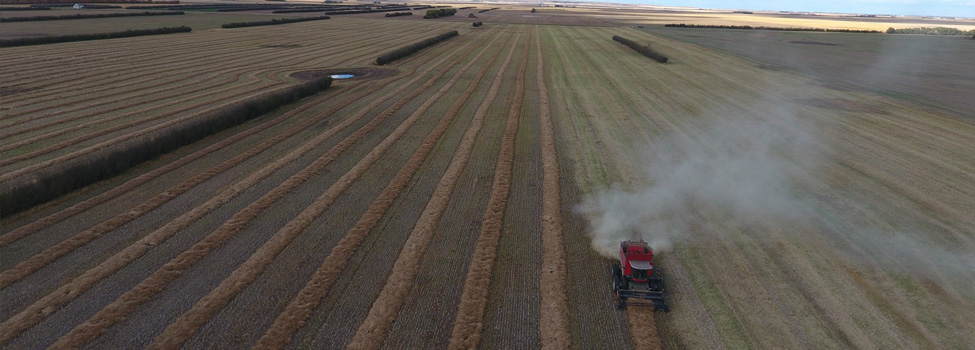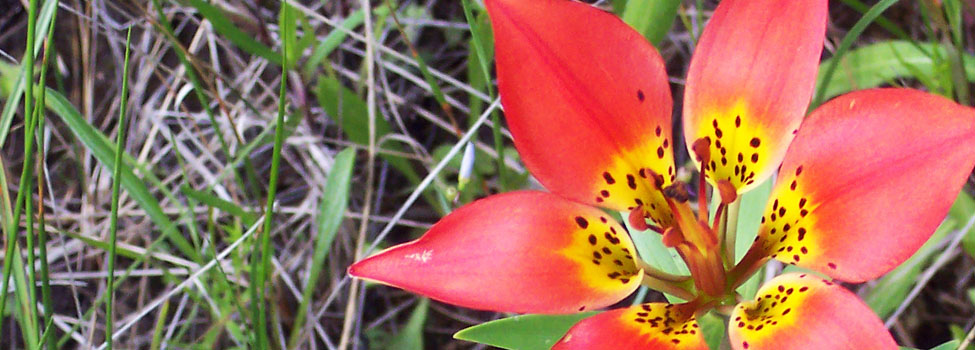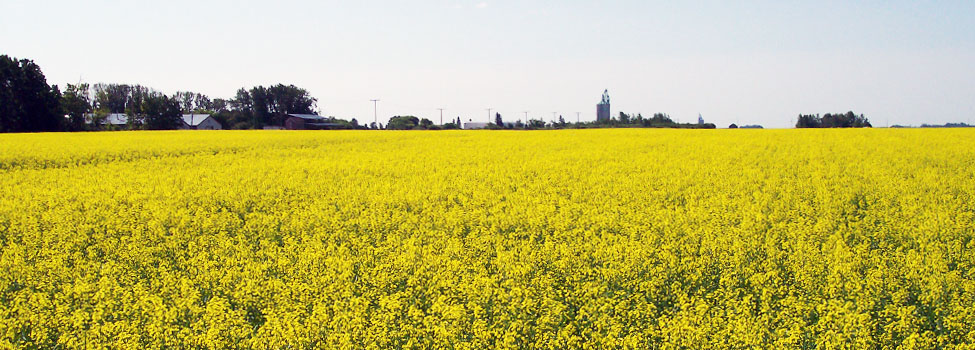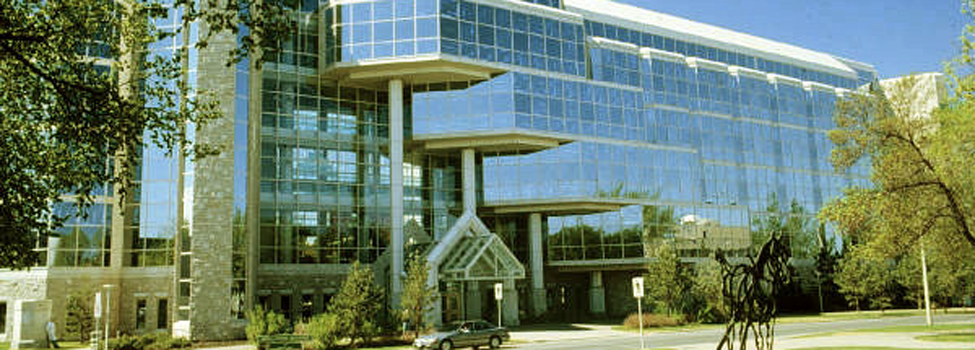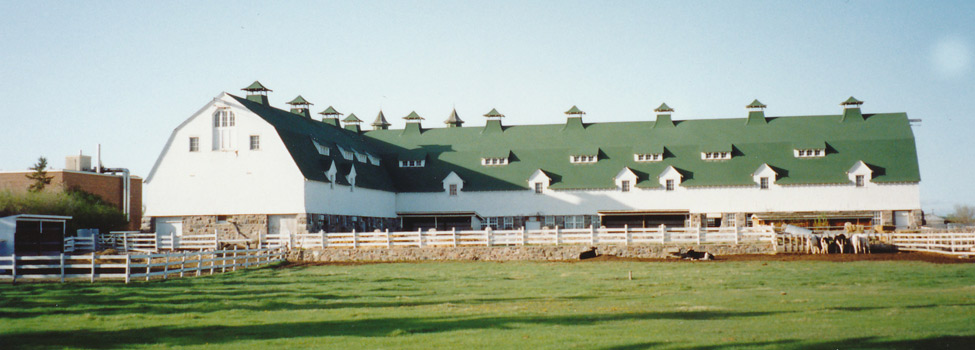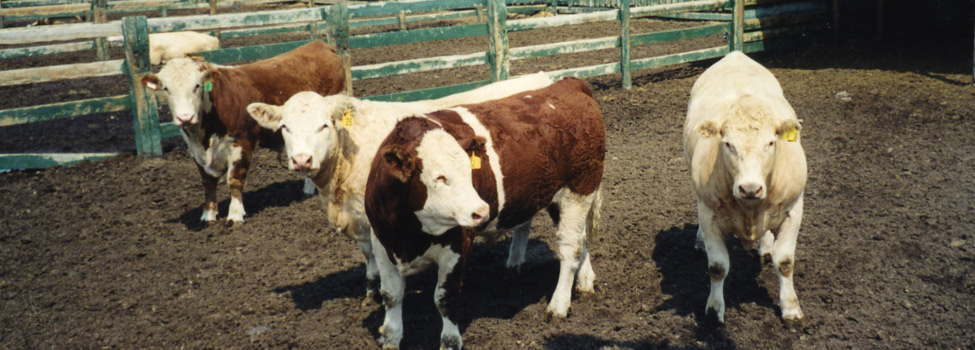History of Department of Plant Sciences
Three Mergers Make Today’s Department of Plant Sciences
On July 1, 1998, the Department of Horticulture Sciences and the Crop Science and Plant Ecology Department (including the Crop Development Centre) joined together to become the Department of Plant Sciences.
How did we get there?
On April 3, 1907, the Act establishing the University of Saskatchewan was passed in the Senate. It was then decided that the new University would establish two Colleges, the College of Arts and Science, and the College of Agriculture. The first of the two Colleges was scheduled to open in September, 1909 and the latter College would open one year later. In 1910, John Bracken was appointed professor in the Field Husbandry Department. He taught the first classes in the department in 1911-1912. In that first year, it was also determined that the quarter section of land bounded by College Drive, Preston Avenue and 14th street and Cumberland Avenue would be set aside for field crop research. With a teaching program established and the beginning of field crop research, the Field Husbandry Department was born in 1910. The department has continued to meet the teaching, research and extension needs of the crop industry of Saskatchewan ever since. The department would continue with that name until 1962 when the name would be changed to the Crop Science Department, a name that more accurately described the work of the Department. In 1920, John Bracken was appointed Principal of the Manitoba Agriculture College and left the department, he went on to become the premier of Manitoba. Manley Champlin was appointed Head of the Field Husbandry Department in 1920 and would hold that position until his retirement in 1950. During his tenure as head, Champlin would be part of 2 major happenings in the department; the establishment of the Saskatchewan Field Husbandry Association; the beginning of graduate teaching in Field Husbandry. The first PhD recipient from the University of Saskatchewan in Field Husbandry was Dr. Bruce Twamley, a forage breeder who went on to a career as a faculty member at the university of Guelph.
In 1950, J.B. Harrington replaced Champlin as Head of the Department. Harrington was a former graduate of the department, receiving his BSA from the U of S. He later completed a M.Sc. and Ph.D. at the University of Minnesota. Dr. Harrington resigned from the Department in 1955 to pursue an FAO assignment in Rome. Upon Harrington’s departure, Dr. W.J. White was appointed head of the Department. At the time of his appointment, Dr. White was employed as the Officer in Charge of the Dominion Forage Crops laboratory. Dr. White remained Head of the department until 1965 when he was appointed Dean of the College of Agriculture. Subsequent to Dr. White’s appointment, Dr. D.R. Knott was appointed as head of the Department. During his 10 year term as head, Dr. Knott would oversee the addition of the Crop Development Centre to the Crop Science Department. After completing a 10 year term as Head, Dr. Knott was replaced by Dr. H. M. Austenson who would hold the Head’s position from 1975 – 1983. During his term, Dr. Austenson would oversee the amalgamation of the Crop Science Department and the Department of Plant Ecology in 1982. In keeping with University practice that the Head position be held for limited terms, Dr. B.L. Harvey replaced Dr. Austenson in 1983 and would hold that position until 1994. During his tenure the department became the largest research funded unit in the university and graduate student numbers grew to an all-time high with 120 students enrolled. Dr. M. Devine replaced Dr. Harvey in 1994. Dr. Harvey served as the Head of Horticulture Science from 1994-1997 paving the way for the amalgamation of the two departments. He left the position to become Coordinator of Agricultural Research for the University. During his term as head, Dr. Devine was also appointed as acting Head of the Department of Horticulture Science in 1998 and was involved in the amalgamation between the Department of Horticulture Science and the Department of Crop Science and Plant Ecology, which became official on July 1st 1998. In June 1998, Dr. Devine resigned as head of the Department to pursue a career in industry and Dr. G.J. Scoles was appointed head of the newly created Department of Plant Sciences.
In the late 1960’s, a proposal for a more expanded department with more funding for crop research was presented to the university and the provincial government. Wheat production was at a high, and prices were low. Farmers could produce more wheat than needed and fields were remaining summer fallow. In 1971, the Crop Development Centre (CDC) was established as an integral part of the Crop Science Department, but funded outside of the University budget. The first three years of the CDC would see the recruitment of six research scientists whose mandate were to expand research particularly in breeding and quality of wheat, field grains and new crops. Several faculty members also conducted research in the CDC. Dr. G.M Simpson was appointed as the first Director of the Crop Development Centre. He would hold that position until his resignation in 1974. At the time of his resignation, the directorship of the CDC was added to the responsibilities of the Department Head. A large gift of farm land from Mr. F. Kernen in 1977 allowed for the development of the Kernen Crop Research Farm, the center of research for both field crop and ecological landscapes. In 1994, it was determined that the administrative responsibilities of the department and the Centre were far greater than one person could manage, and the two were once again divided into two positions. Dr. G.G. Rowland was appointed as Director of the CDC for a 5-year term, succeeding Dr. Harvey. Upon completion of Dr. Rowland’s term, Professor Rick Holm was named the succeeding Director of the centre in July 1999. The Centre continues to be one of the most successful research units in the university. It has developed hundreds of varieties in a number of field crops, introduced new crops and developed numerous cropping practises which have contributed many billions of dollars to the Saskatchewan economy.
In the 1920’s T.K. Pavlychenko immigrated to Canada and began studying at the University of Saskatchewan. In 1932, he completed a M.Sc. in the Field Husbandry Department and began his classic work studying the role of the weed root system in plant competition. He returned in 1938 after completing a Ph.D. at the University of Nebraska. With the introduction of 2,4-D in 1944, Pavlychenko’s work expanded to include the study of weed control using herbicides. He was appointed to faculty and began calling the work the “Laboratory of Plant Ecology”. Pavlychenko left the University in 1948 being replaced by Dr. R.T. Coupland and in 1949 the University developed the Department of Plant Ecology as its own unit. Over the next 20 years, the department would see herbicide research as an important activity in the department as well as intensive ecological studies of several species of weeds. However, in 1966, weed research was transferred to the Crop Science department allowing the Plant Ecology Department to concentrate on studies of native grassland and forest. Dr. Coupland led a huge grassland ecology program based at the Matador Research Station, this was funded as part of the International Man and the Biosphere program. The research which accumulated for the first time data on all aspects of the ecosystem and involved a number of departments and several universities. It resulted in the publication of a Multi-Volume Monograph which is a landmark and baseline for further research in this area. Despite the expansion of the department over the next 16 years in the early 1980’s research funding became tighter and the University chose to eliminate several units on the campus the Plant Ecology Department among them. The faculty chose to join with their colleagues to form the Department of Crop Science and Plant Ecology in 1982. The expanded Department was considered a unique department among Canadian Universities because of the emphasis on ecology in a crop production department and because of the wide breadth of understanding of the plants that could be gained by its students. Undergraduate and graduate teaching programs were retained in both areas.
Dr. C.F. Patterson was appointed the first professor and Head of the Department of Horticulture Science in 1921. His appointment helped establish a larger number of horticulture classes and a horticulture option in 1934. Until Patterson’s appointment, all horticulture classes had been offered in the Field Husbandry Department. The main responsibilities of the Horticulture Department from its commencement until 1947 included maintenance of the University Campus as well as horticulture research. Initial research focused on the improvement of horticultural types of plants through a breeding and selection program. Fruit tree varieties and lily varieties produced by Patterson are still widely grown in the province and elsewhere. There is also evidence of early variety testing in fruit and vegetables and breeding work on potatoes. In 1961, Dr. S. Nelson was appointed Professor and Head of the Horticulture Department with additional professorships being appointed in 1962 and 1964, respectively. By this time, research in the department focused on fruit breeding, vegetable research, greenhouse work, landscape horticulture and horticulture physiology. Dr C. Stushnoff was appointed Head of the Horticulture in 1982 upon Nelson’s retirement from the University and remained in that position until his resignation from the University in 1989. The Department would see a large expansion and changeover of staff between 1988 – 1991 with the addition of 3 new professional staff and the departure of Dr.’s Stushnoff and Dabbs. Dr. K. Giles was appointed as Head of the Department in 1989 upon Stushnoff’s resignation and remained in that position until 1994 when he resigned. Dr. B.L. Harvey was appointed as acting head for a 6 month term and then as Head for a 5 year term beginning in 1995. However, in 1997, Dr Harvey was selected as the Coordinator of Agricultural Research for the University of Saskatchewan, leaving the department without leadership. After internal discussions determined there was no suitable candidate willing to fill the position, Dr. J Stewart, Dean of the College of Agriculture appointed Dr. M. Devine acting head for a 10 week period and assigned him the task of overseeing the amalgamation of the Departments of Horticulture Science and Crop Science and Plant Ecology Department . The amalgamation came into effect on July 1, 1998 with Dr. G.J. Scoles as Head of the newly created Department of Plant Sciences.
Where we are Today!
Today the Department of Plant Sciences is a centre for teaching, research and outreach relating to the development, production and management of Field and Horticultural crops on the Canadian Prairies and the management of non-arable lands. The Department is composed of 28 faculty members including 10 members of the Crop Development Centre. To support their research activities, the department employs over 60 full time research professionals, over 125 full time research technicians, casual staff and during the summer months over 40 summer students. The Department is also experiencing some of the largest graduate student enrollment numbers with 46 M.Sc. and 33 Ph.D. students currently studying graduate programs in the wide array of plant sciences specializations. The department is the largest and most complex unit on the campus it has the largest field research land base of any university in Canada, including crop research stations at six sites and ecology research facilities at three sites. Associated with these sites are a number of buildings and a huge set of plot and field equipment. The department operates one of the largest fleet of vehicles on campus. Dr. G. Scoles was appointed as Associate Dean of Research in the College of Agriculture in 2001 and was replaced as Head of Plant Sciences by Dr. G. Hughes from 2001-2005. Dr. Hughes retired from the University in 2005 and an external search for a new Department head was launched. Dr. B. Coulman, a forage breeder with Agriculture and Agri-Food Canada was hired as the Head of Plant Sciences for a five year term in 2005. Dr. Coulman’s extensive forage breeding program was divided and shared between the department and Agriculture and Agri-Food Canada, filling a gap in plant sciences which lacked the knowledge in forages that Dr. Coulman would bring to the department. At the end of his 5 year tem, Dr Coulman chose the renew his headship for another 5 year term; however opportunities from world organizations led him to resign from the position in 2013. In 2014, Dr. Y. Bai was appointed the new head of the Department of Plant Sciences.
The Crop development Centre is a fully integrated unit of the Department of Plant Sciences. The pressures of increasing student enrollment numbers has demanded the faculty members of the CDC to acquire teaching responsibilities which was not a mandate in the early development years of the CDC. The Centre’s breeding programs have led to the release of over 400 crop varieties in 20 different kinds. Prof Rick Holm resigned his position as director of the Crop Development Centre in 2006. At that time it was determined that the growth in the CDC would not allow for a researcher to perform both research and administrative duties, and the decision was made to employ a managing director to oversee its business dealings. D. Murrell was selected as the first Managing Director of the CDC in 2007. She held that position until 2011 when she retired from the University. Dr. Kofi Agblor replaced her in 2012 and is the current Managing Director.
Our Future
Going forward the department along with the crop development centre will continue to focus on our long term commitment to teaching, outreach and to Saskatchewan agriculture.
Land challeges…
